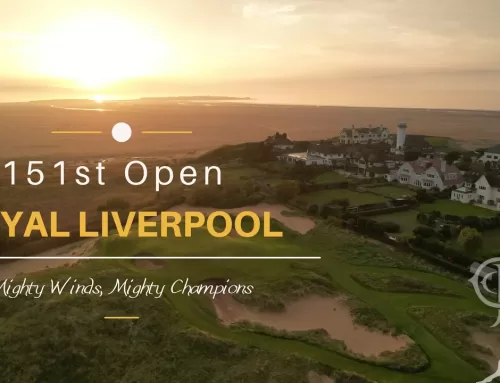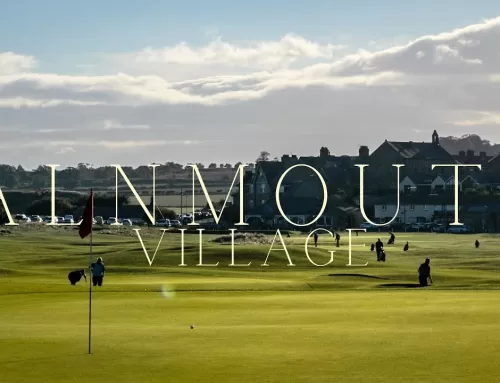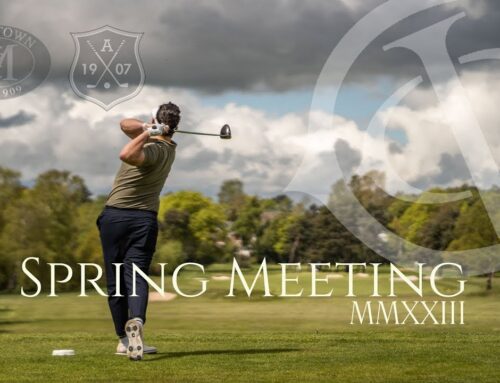Story of a Golf Club: Royal Dornoch Golf Club
Very few courses evoke the same, mystical aura as Royal Dornoch. Its remote location and rich history have combined to make Dornoch a site of pilgrimage for golfers, and it is perennially ranked as one of the Top 10 courses in the World.
The earliest records suggest that golf has been played on the links at Dornoch since 1616, when Sir Robert Gordon spent a few pounds on bows, arrows, and golf clubs and balls for the young schoolboy, the Earl of Sutherland.
The club itself was founded in 1877, but stood as a nine-hole course until Old Tom Morris extended the layout in 1886. The young secretary at the time, John Sutherland, was self-taught in the art of green keeping, and gradually refined the work by Old Tom. Sutherland would become Dornoch’s own ‘father of golf’, writing articles for the London Daily News and Golf Illustrated, and representing the club at events such as the 1909 Amateur at Muirfield.
A traditional out-and-back links, you are greeted with stunning, panoramic views across the Dornoch Firth from the moment that you step onto the third tee box. Aside from the natural routing, the course is renowned for its wickedly undulating green complexes, which require the full array of short game shots if you hope to scramble a par. Indeed, Tom Watson famously remarked that the hardest second shot at Dornoch was on the par three 2nd, if you missed the green!
Indeed, its the greens which lie at the heart of Dornoch’s charm across the Atlantic, and make this remote course in Scotland a site of pilgrimage for many Americans. Donald Ross grew up playing Dornoch as a young boy, and his first job was working here as a green-keeper. After serving an apprenticeship with Old Tom in St Andrews, Ross spent his life savings on a trip to the United States, where he became the most prolific Golden Age architect in the country, with over 400 courses to his name. The influence of the Dornoch greens is unmistakeable in Ross’ ability to build golf holes that were playable for all but which still encouraged the better player to hit a variety of shots. Punchbowls, double-plateaus, and of course, the ‘turtleback’ or upturned saucers that define Pinehurst No. 2, are all regular features in Ross’ designs, and are undoubtedly inspired by the wonderful sites that we still get to enjoy at Dornoch today.






